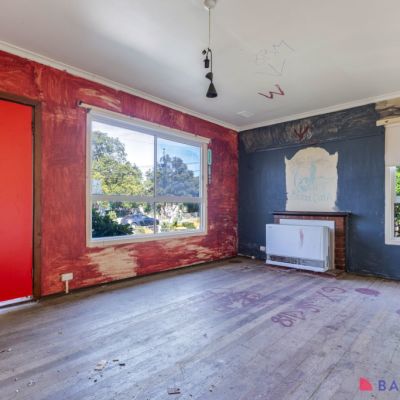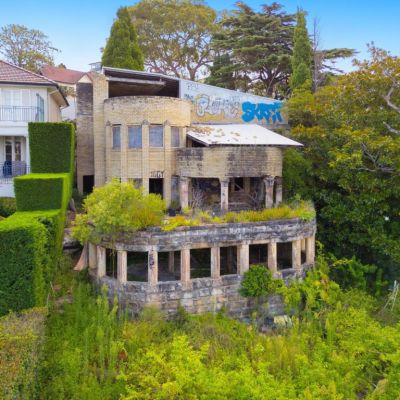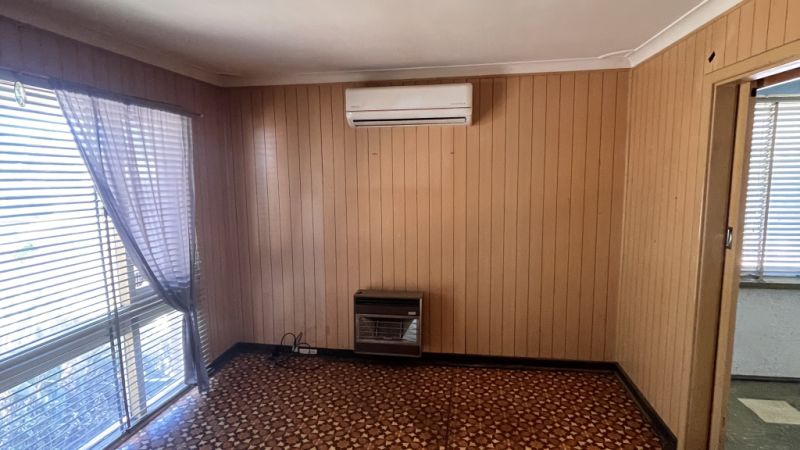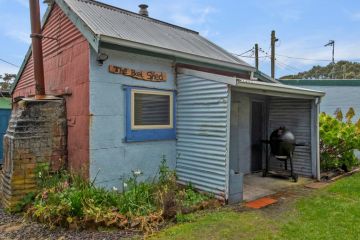If you've bought a property to flip, here's what to do next
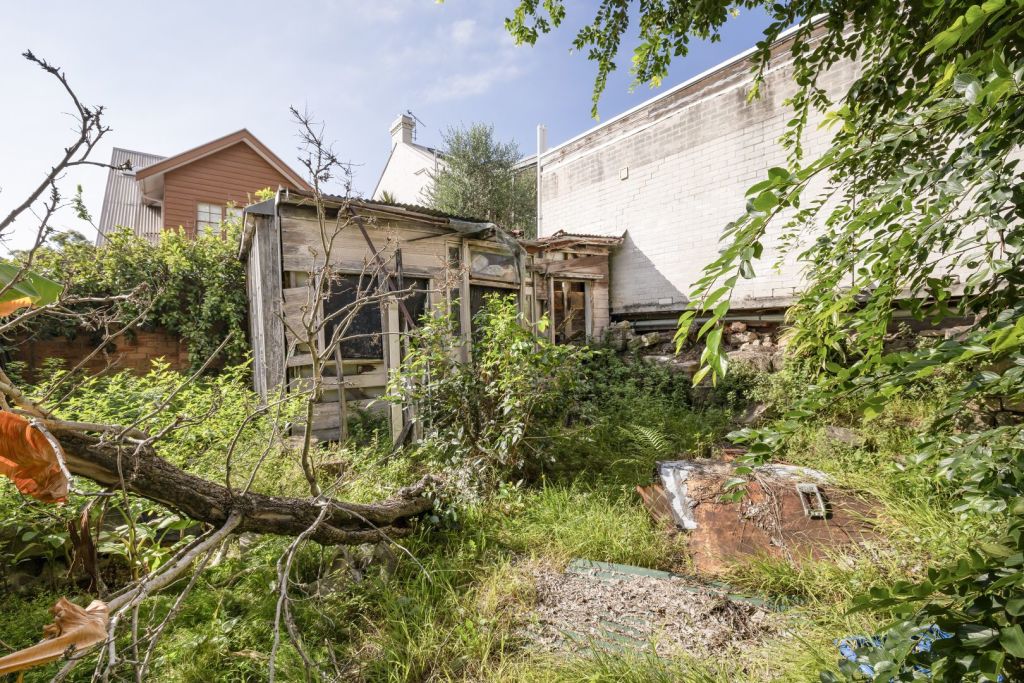
For first-time property flippers, it’s normal for feelings of doubt to arise after the purchase of a knockdown rebuild or a house that needs extensive renovation.
While a kick of adrenaline can help you spring into action, feeling overwhelmed is rarely helpful either.
With a bit of planning in the lead-up to settlement, you’ll be well on your way to a seamless rebuild or renovation. Here’s what to add to your to-do list.
Before settlement
Pest and building inspections are standard in the buying journey, but with a big job on your hands, you may need to take further steps to fully uncover the repair and maintenance work needed.
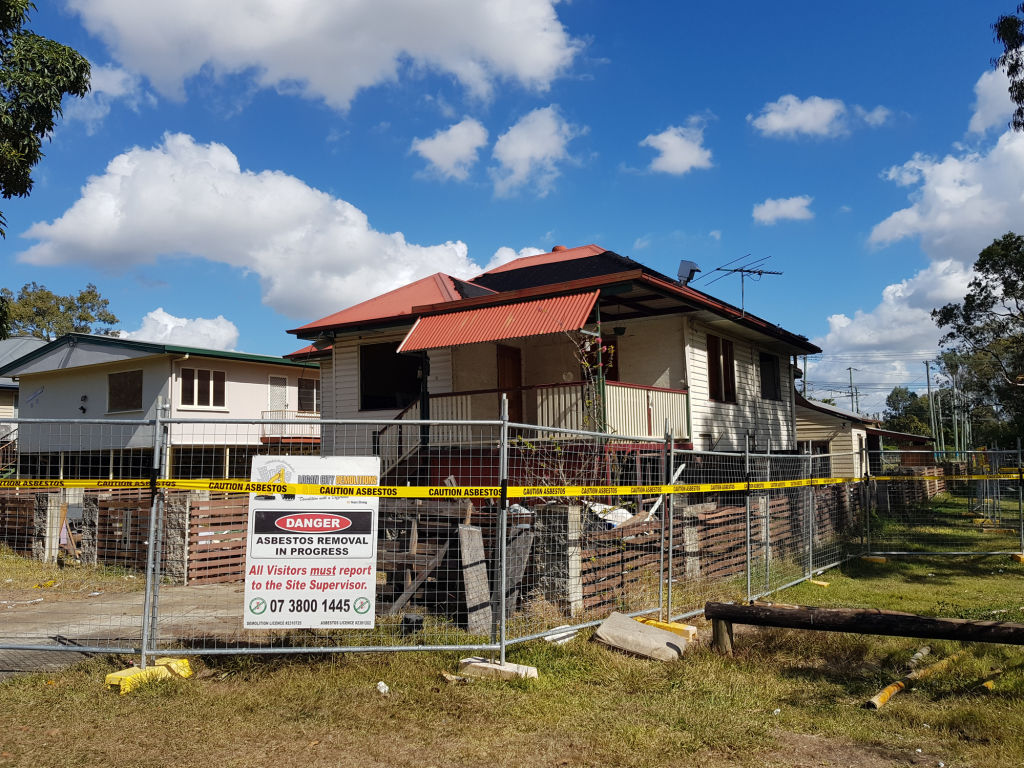
Harper’s House Flipping founder Sam Harper says it’s worth requesting access to the property before settlement.
Harper began his career as an electrician, then started a business as a full-time property flipper within two years of his first flip.
“If you need to get trades through for quotes, you can shop around and get a feel for different people, slowly build a team,” he says.
“If you can pre-plan and really go through each room, and go, ‘What am I going to need to be able to fully gut it and put it back together?’ you can make sure your trades have got everything they need on-site.”
Licensed tradespeople can also help prevent further damage to the property before work begins.
LJBA buyer’s agent Lauren Jones suggests engaging a project manager.
“When you’re doing everything on your own, you need to figure out what trades come in at what time, and then you’ve got to manage those individual people,” she says.
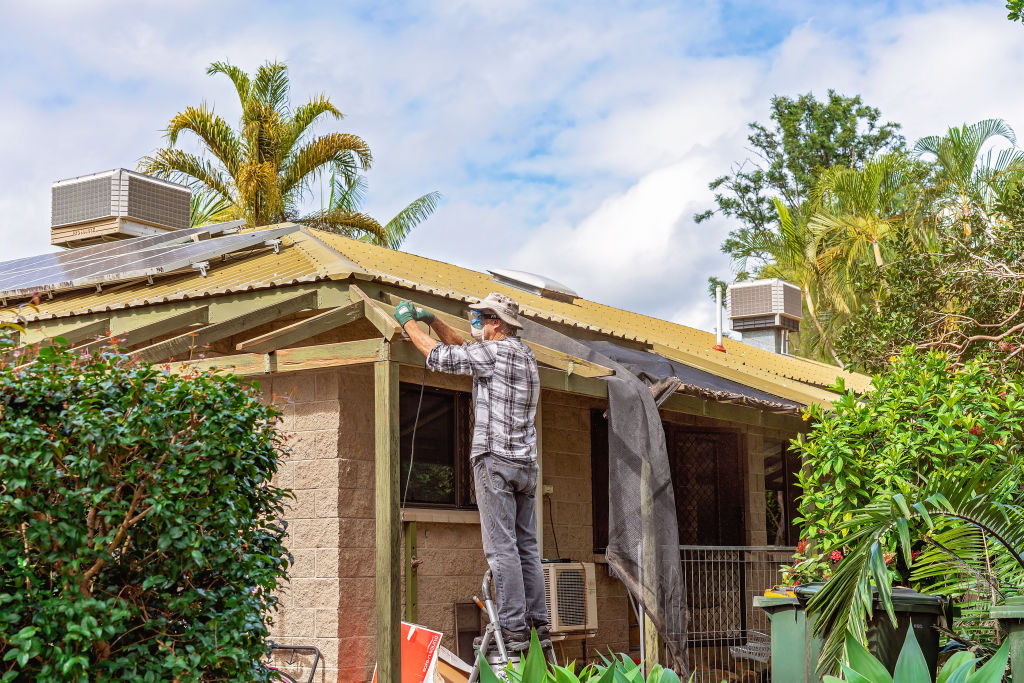
At this early stage, an awareness of buyer preferences is equally crucial for property flippers.
“Have a look at properties online that have sold in similar locations, what they’re selling for, what renovations have been done,” Jones says.
“Contact the top three real estate agents in that suburb and ask them what they’re seeing in the market, what people want, and what kind of end values they can get.”
Harper and Jones both emphasise the value of involving the local council early to avoid delays for approvals.
After settlement
Come settlement day, the immediate steps will depend on the condition of the house.
In general, the properties Harper flips are “virtually not salvageable”, so gutting – or even demolition – is the natural first step. But before you ready your wrecking ball, there are two things Harper suggests doing.
First, organise for your electrician and plumber to disconnect anything that’s going to be in the way of your kitchen or bathroom.

“Then, it’s basically ripping out everything that needs to be ripped out,” he says. “That’s anything from curtains and cabinetry to stuff in the bathroom, vanities, baths, things like that. If we’re doing a full gut, then even things like landscaping need to be done.”
Buying a dilapidated property always involves disposing of debris, so Harper orders skip bins for the day before settlement.
“Everything can just get chucked straight in there that we’re not going to use, and from there, it’s basically a blank canvas.”
Once you’ve got a blank canvas, you’re left with nothing but pure possibility.
We recommend
We thought you might like
States
Capital Cities
Capital Cities - Rentals
Popular Areas
Allhomes
More
- © 2025, CoStar Group Inc.
